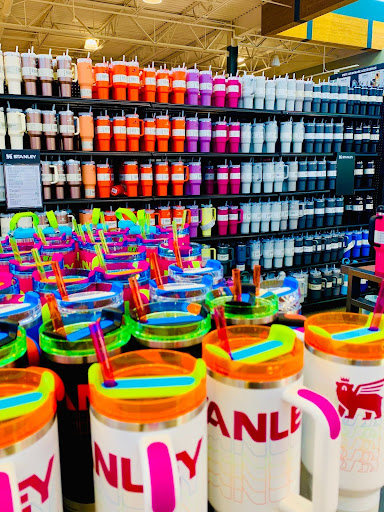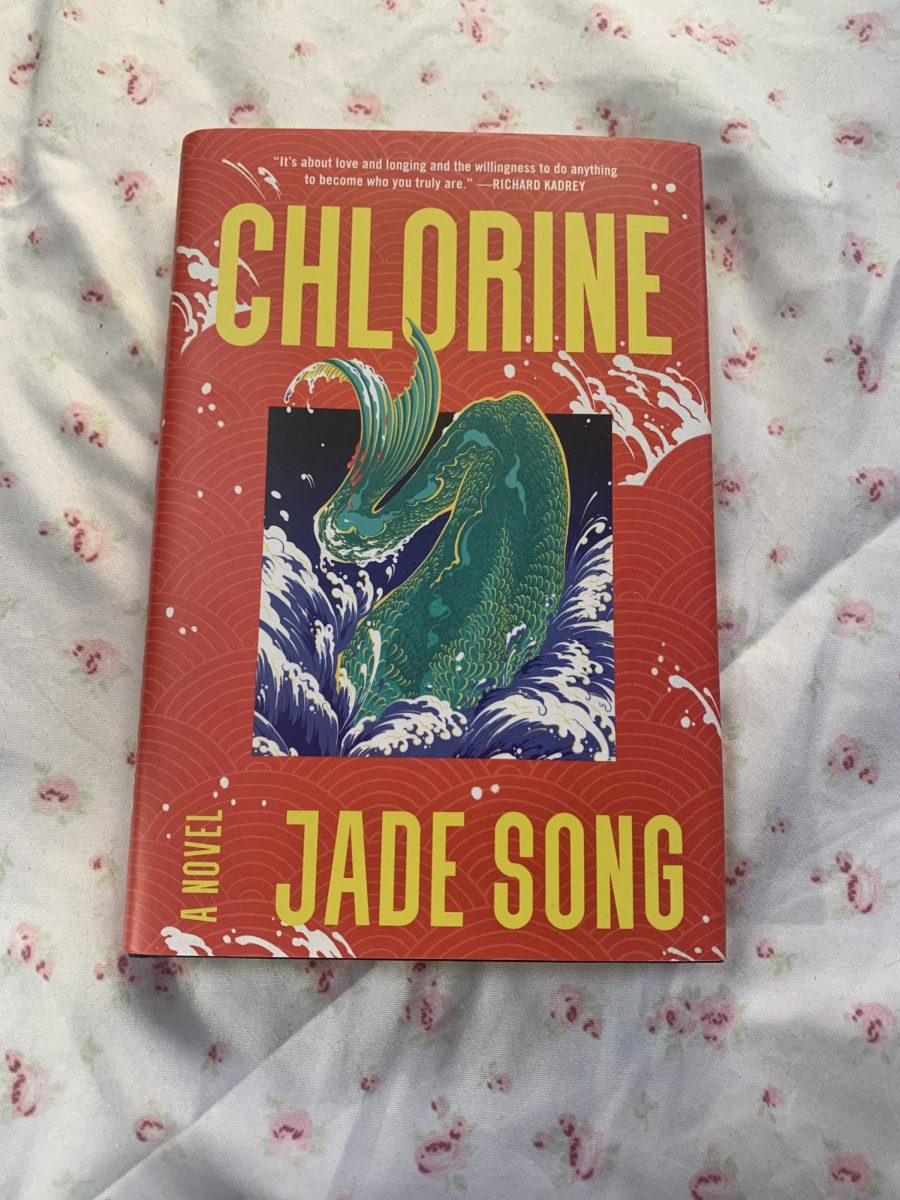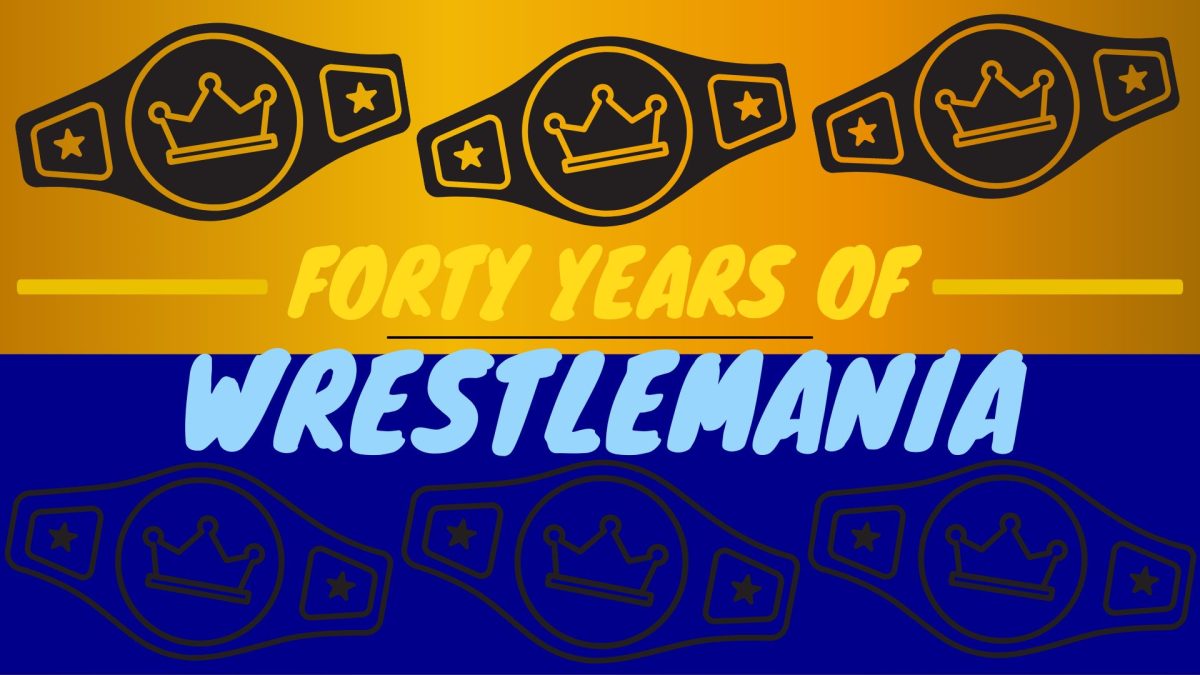
Hydroflasks, Stanleys, Owalas— we are all familiar with the big brand names of the water bottle industry. Hydroflasks were practically essential for any teenager in 2019. Videos of “VSCO” girls decorating their 32 oz water bottles with cheap stickers that probably didn’t survive a dishwasher load were once considered peak entertainment. Flash forward to 2022 when Stanley cups became the new necessity. Every classroom had Stanleys standing proud in the corners of students’ desks. At one point, people were even buying accessories for their Stanleys as if they were their children. Now, Owalas are the new big thing. But is it really necessary for us to own so many reusable water bottles?
Reusable water bottles do have their advantages. Approximately 481.6 billion plastic water bottles are used worldwide in a single year. These plastic bottles are single-use and have numerous environmental consequences such as water pollution, release of toxic chemicals, hazardous waste creation, etc. Reusable water bottles can be an attractive alternative since they are, well, reusable. The issue is when we continuously buy water bottle after water bottle, throwing out the ones that don’t meet our personal aesthetic anymore. Reusable water bottles can actually be harmful to our environment.
The manufacturing of one stainless steel water bottle requires more energy and emits more waste than manufacturing a plastic bottle. Over time, the footprint of said stainless steel water bottle becomes smaller than the plastic bottle. But when we get bored of that stainless steel water bottle and throw it out, its environmental impact doesn’t have the opportunity to lessen over time.
Additionally, stainless steel cannot simply be broken down in landfills. It is required to be sent to a special recycling center. No one is shipping their old water bottles off to where they can be properly recycled. The result is countless water bottles sitting in landfills, waiting hundreds of years to decompose.
As someone who owns both a Hydroflask and a Stanley cup, I understand why so many people might be tempted to buy water bottle after water bottle. However, our reusable water bottles are no longer becoming eco-friendly and, instead, are becoming the opposite. It is time to stop following water bottle microtrends and stick to the ones we already own.

![Social Media has contributed to the rise of the incel movement [Photo via Wikimedia Commons under Creative Commons license].](https://beavertonhummer.com/wp-content/uploads/2025/02/Man_on_a_smartphone_Unsplash-1200x800.jpg)

!["About The Weather" was released in 2023 as the first album by Portland emo band, Mauve. [About The Weather Album Cover]](https://beavertonhummer.com/wp-content/uploads/2024/05/AboutTheWeather.jpg)



